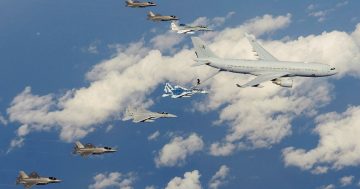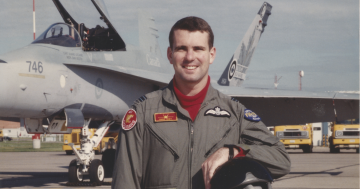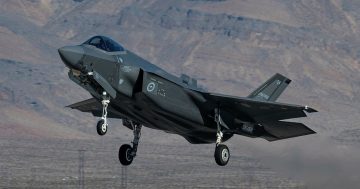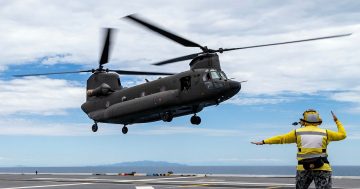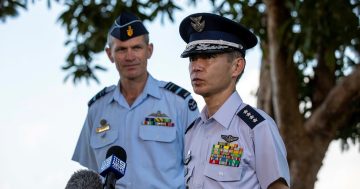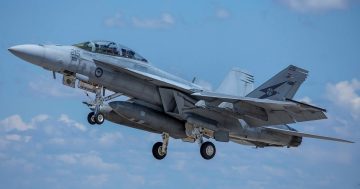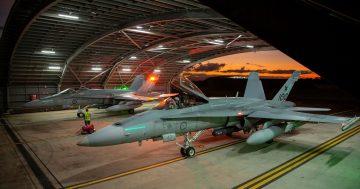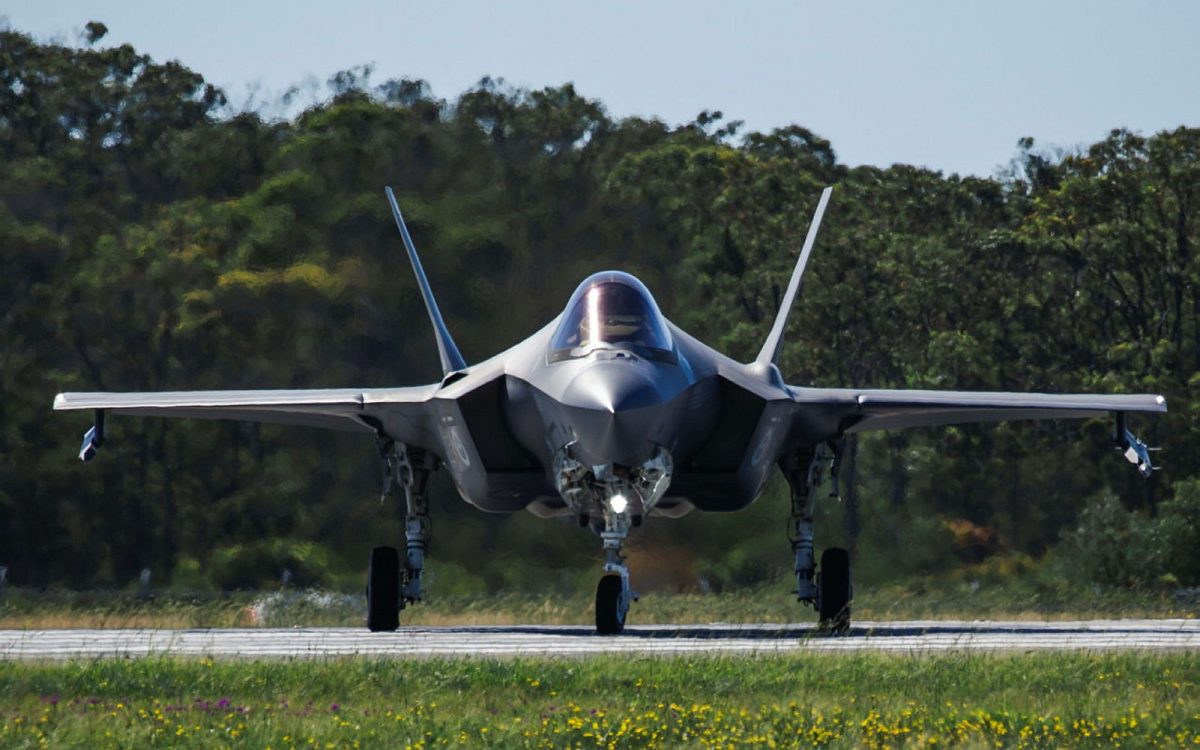
A RAAF F-35A touches down at Williamtown. Photo: ADF.
The Royal Australian Air Force is ramping up a major training course to find its next batch of instructors in some of its most advanced domains.
The biennial Air Warfare Instructor’s Course (AWIC) was previously known as the Fighter Combat Instructor (FCI) course, and is roughly the equivalent of the US Navy’s Top Gun course made famous by Tom Cruise in two movies of the same name.
The AWIC gets more complex every time it is held, especially with the rapidly growing integration of many of the RAAF’s, and indeed the entire Australian Defence Force’s, equipment, capabilities and skills.
FCI was founded in 1954 by Wing Commander Dick Creswell to develop specialist fighter combat instructors from air combat lessons he had learned as Commanding Officer of 77 Squadron in the Korean War, and his previous air combat experience in WWII.
In 1992 the FCI course was expanded for the first time to include ground-based Fighter Intelligence Instructors (FII) and Fighter Combat Controllers (FCC), while later that decade General Dynamics F-111C strike crews were also invited to undertake the course and graduate as FCI ‘patch-wearers’.
Candidates for the FCI were invited to participate based on experience, competency and leadership potential, and will have completed at least one three-year squadron tour and participated in a large force employment exercise such as Red Flag, Cope North or Pitch Black.
The FCI course was previously very fighter-centric, and was operated primarily by the Williamtown-based No 2 Operational Conversion Unit (2OCU).
With its own dedicated budget and instructional resources to draw upon, the FCI course became AWIC and was brought under the then-new RAAF Air Warfare Centre in 2017 using lessons drawn from the US Air Force Weapons School model. This was the first course not entirely based around combat aircraft, and a number of important enabling and supporting capabilities were added to become a whole-of-air force integrated effort.
These included AEW&C Combat Instructors (ACI) from the E-7A Wedgetail, and Mobility Tactics Instructors (MTI) from the C-130J Hercules transport. Also, in 2017 the FII qualification was ‘re-branded’ as ICI for Intelligence Combat Instructor and, from 2019, the EA-18G Growler Tactics Instructor (GTI) qualification was added.
FCI courses previously graduated between six and 10 fast-jet crew members every two years, in addition to a few FIIs and FCCs. But modern AWIC courses are looking to graduate 30 or more AWIs across six specialist domains, including FCIs, FCCs, ICIs, ACIs, MTIs and GTIs.
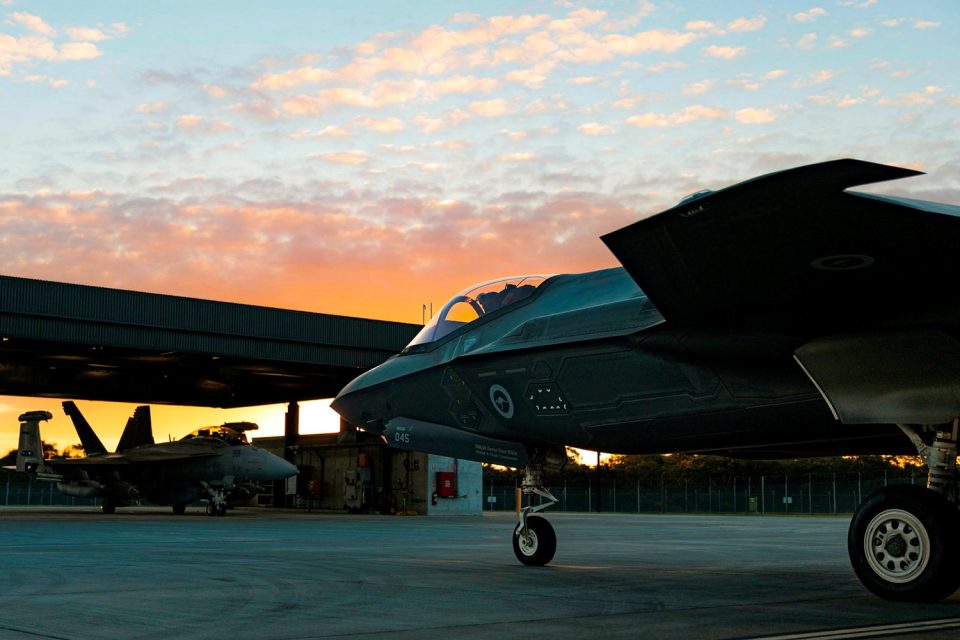
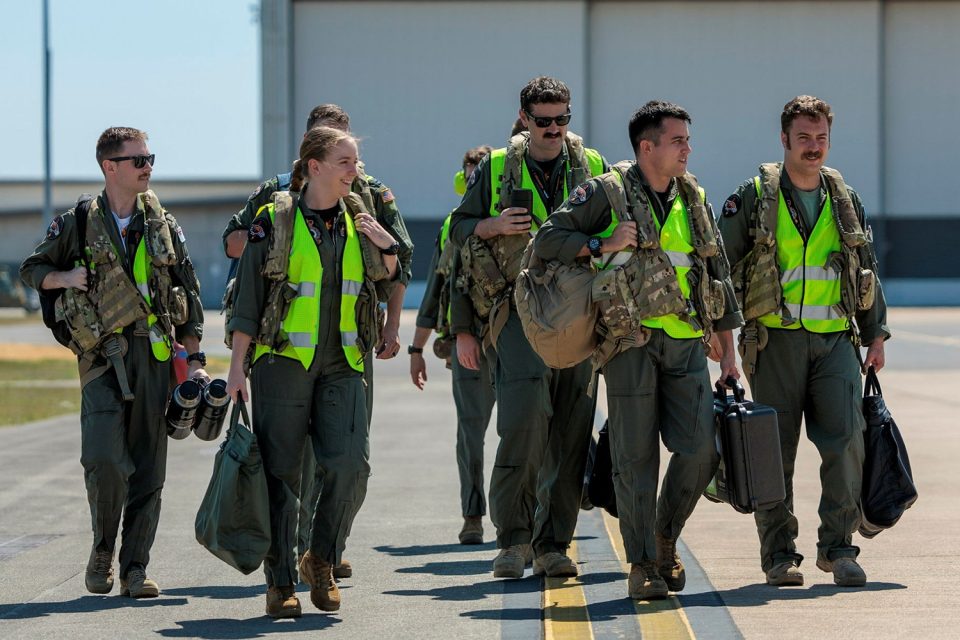
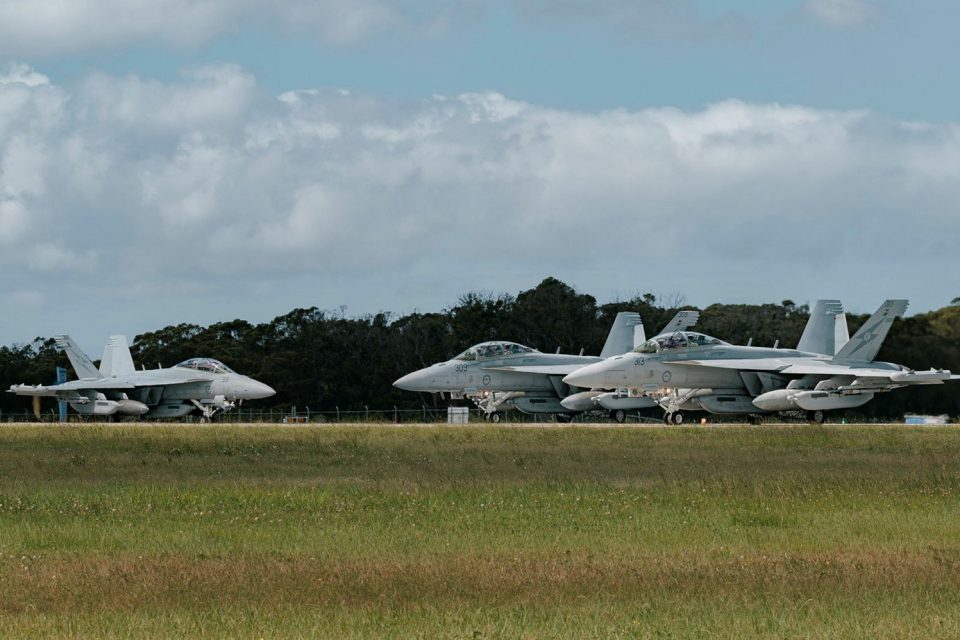
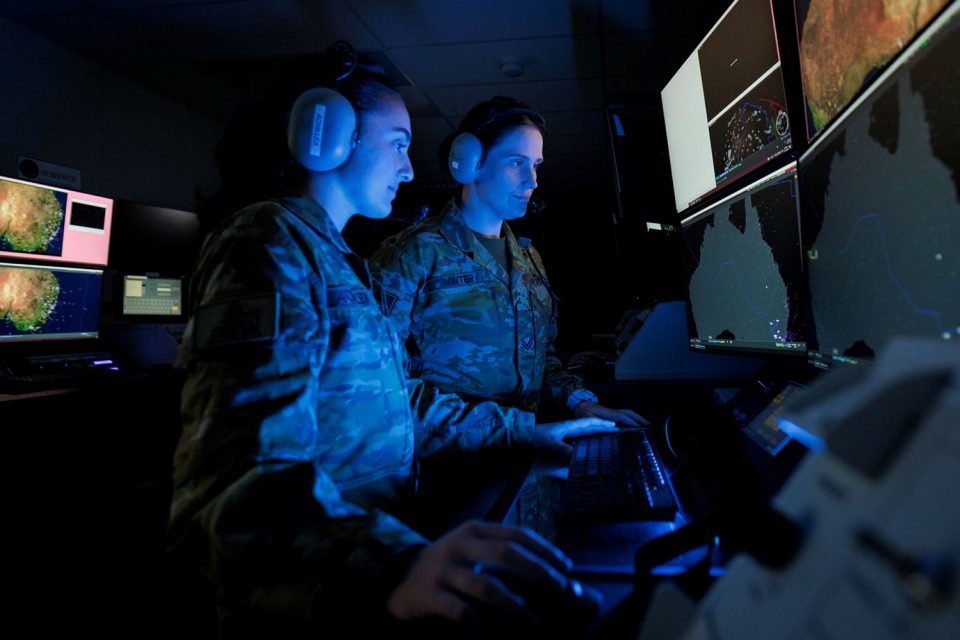
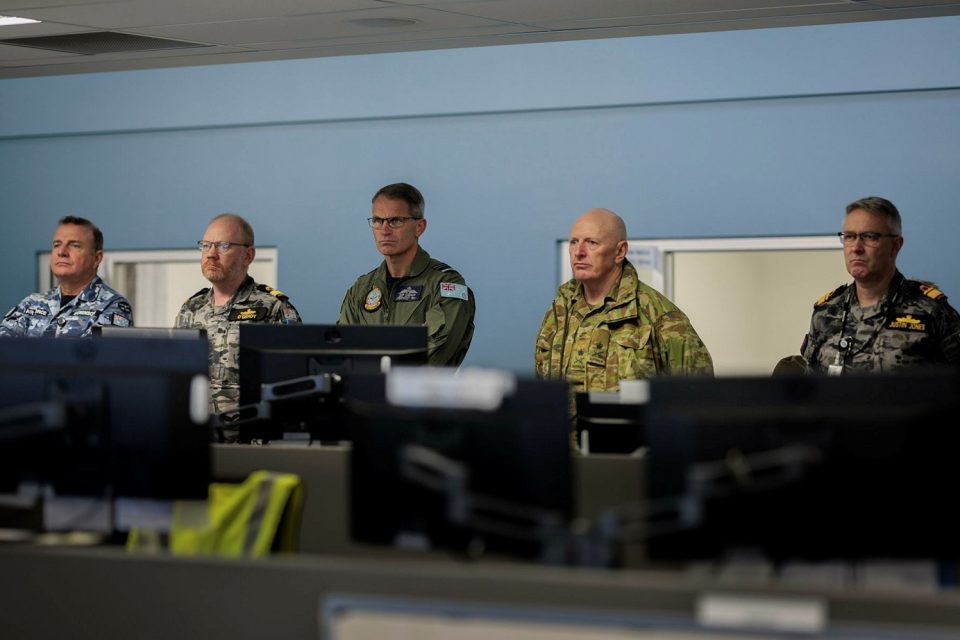
AWI candidates undertake nearly two years of intense study and six months of training, with milestone exercises held at regular intervals throughout those six months.
The culmination of the course is the intensive Exercise Diamond Storm which will be held at Darwin and Tindal and the skies of the Northern Territory in October with about 1500 personnel and more than 60 aircraft participating.
This is preceded by Exercises Diamond Seas and Diamond Shield which bring together Navy, Army and RAAF elements in complex maritime and defensive counter air scenarios to practice and consolidate integrated tactics.
Exercise Diamond Shield was held at Williamtown and Amberley in Queensland during March. It involved 24-hour-a-day defence of Australia training in airspace from Brisbane to Jervis Bay.
Director of Exercise Diamond Shield 24 Group Captain Martin Parker said the exercise involved dynamic scenarios to defend Australia from attack.
“Exercise Diamond Shield 24 is defensive in nature and we give the course participants really wicked problems,” he said.
“They come together to find the answers to these challenging scenarios and then they implement their solutions. It is effectively passing best practice from one generation to another whilst also giving them the environment to learn and thrive.”
F-35A Course Director from 2OCU Squadron Leader Nicholas Reynolds said the exercise was a key part of advancing the RAAF’s warfighting skills and capabilities.
“Exercise Diamond Shield has been an integral chapter of the AWIC and developing the next generation of tactical leaders,” he said.
“They have been pushed to their limits and faced with significant problems to solve, quickly realising the value in engaging and learning from each other across various communities to progress faster than they ever have before.”
Only graduates of the course can wear the coveted blue AWI patch. Upon completion of the course they will be considered the ‘best of the best’ – the most knowledgeable experts in their fields in the ADF capable of integrating people, systems and effects across the air, land, maritime, space and cyber domains.












